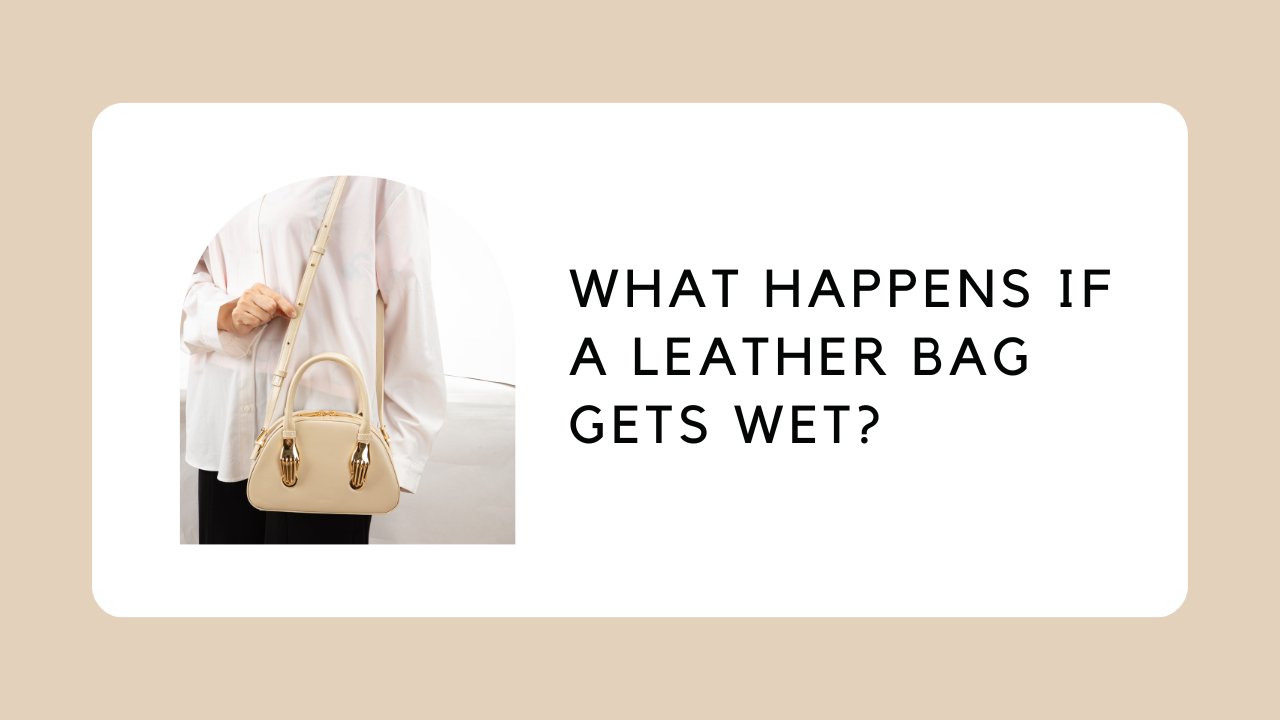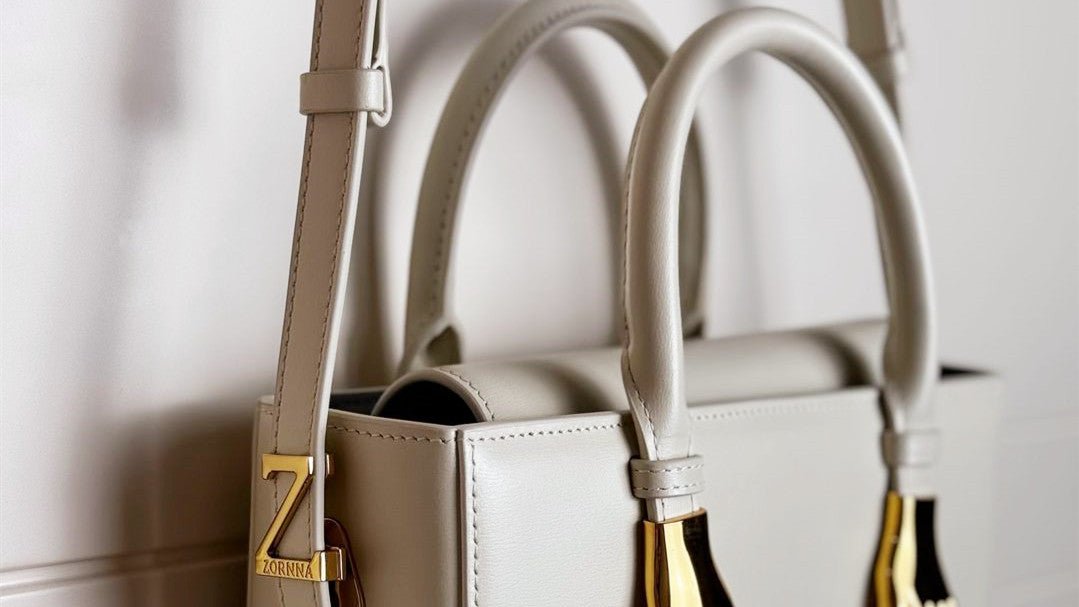What Happens if a Leather Bag Gets Wet?

Introduction
Leather, being one of the most exquisite and sophisticated materials, has held a prominent place in the world of fashion and luxury items for ages. With its rich texture and elegant appearance, it's no wonder people cherish their leather possessions. Yet, The Importance of Leather Care cannot be overstated. Leather, being an organic material, requires particular attention to ensure its longevity. The relationship between Leather and Water is intricate and often misunderstood. While some leather products might endure occasional water splashes, prolonged exposure can cause significant damages.
The Immediate Effects of Water on Leather
When water meets leather, several changes occur. Leather Absorption is the primary concern. Unlike synthetic materials, leather tends to soak up water, which can alter its shape and structure. The water can cause Color Alterations, leading to spots or discolorations. In addition to color, the Texture Changes become evident, with leather turning rough or bubbly in areas where it's wet.

Long-term Damages Caused by Water Exposure
Prolonged exposure or not drying leather properly after it gets wet can lead to long-term problems. Mold and Mildew Growth is a common issue. These fungi thrive in damp conditions, and leather can provide an ideal environment if not dried effectively. Another problem that can arise is Leather Hardening. As water evaporates from the leather, it can take essential oils with it, causing the leather to become rigid. Over time, this can lead to the Disintegration of Leather Fibers, making the bag weak and prone to tears.
Types of Leather and Their Vulnerability to Water
Different leathers react to water in varying ways. Full-Grain Leather, which is the highest quality of leather, can resist small amounts of water but should still be dried promptly. Top-Grain Leather, on the other hand, has a split layer, making it more vulnerable. Genuine Leather is more porous and can absorb water more readily. Bonded Leather, made from leftover leather scraps, is the least resistant to water. Other types, like Nubuck and Suede, are even more sensitive, with water easily causing stains and discolorations.
Steps to Take When Your Leather Bag Gets Wet
If your leather bag becomes wet, prompt action is crucial. The Immediate Response should be to wipe off excess water using a soft cloth. Avoid rubbing vigorously as this can push water deeper into the leather. For Drying Techniques, always air dry. Never use a hairdryer or place it near a heater as this can over-dry and damage the leather. Once the bag is dry, Conditioning After Drying is crucial to restore lost oils and ensure the leather remains soft and pliable.
Preventative Measures for Protecting Leather from Water
Prevention is better than cure. Using Leather Water-Resistant Sprays can form a protective layer, repelling water droplets. Regular Maintenance and Conditioning will ensure your leather remains healthy and less susceptible to water damage. Proper Storage Techniques, like storing in a cool, dry place and using pouches or covers, can also protect against accidental water exposure.
Common Mistakes to Avoid
Many inadvertently harm their leather bags during the drying process. Overheating During Drying can cause the leather to crack. Another mistake is Not Cleaning Before Conditioning; this can trap dirt and cause more harm. Ignoring Signs of Water Damage, like discoloration or a musty smell, can lead to irreversible damages in the long run.
Restoring Water-Damaged Leather Bags
If your leather bag suffers from water damage, don't despair. Start by Assessing the Damage. For severe damages, Seeking Professional Help from leather experts might be the best course of action. However, for Minor Damages, home remedies like leather conditioners or creams can restore the leather's health.
The Science Behind Leather and Water Interaction
To understand the relationship between leather and water, it's essential to delve into the science. The Composition of Leather reveals it as a fibrous material. How Water Affects Leather at a Molecular Level is fascinating. Water molecules can displace the oils in leather, causing it to lose its natural lubrication and flexibility.
Conclusion
Leather bags are more than just accessories; they are investments that can last a lifetime with the right care. Emphasizing Proper Leather Care is not about being overly protective but ensuring your cherished item remains in top condition. It's about understanding the delicate Balance Between Utility and Preservation. With the right knowledge and care practices, you can enjoy your leather bag for years to come, regardless of the occasional raindrop.
 Author: Seuruyalvi - Chief Designer
Author: Seuruyalvi - Chief Designer
My name is Seuruyalvi, as the chief designer at ZORNNA, I am responsible for overseeing the creative direction of the brand, from conceptualization to final product design.
Blog posts

Best Leather Top Handle Bag for Women: An All-Inclusive Guide
Every woman knows the frustration of needing multiple bags for different occasions—one for work, another for casual outings, and yet another for formal events. This juggling act not only complicate...
Read more
Are Crossbody Bags Good for Travel?
Crossbody bags have become a staple accessory for travelers worldwide, offering a blend of style and functionality that appeals to both leisure adventurers and business globetrotters. In this artic...
Read more
How to Gift Wrap a Handbag: A Step-by-Step Guide
Introduction Gift wrapping a handbag adds a personal touch to your present, making it not just a gift but a memorable experience. Whether it's for a birthday, anniversary, or any special occasion, ...
Read more


